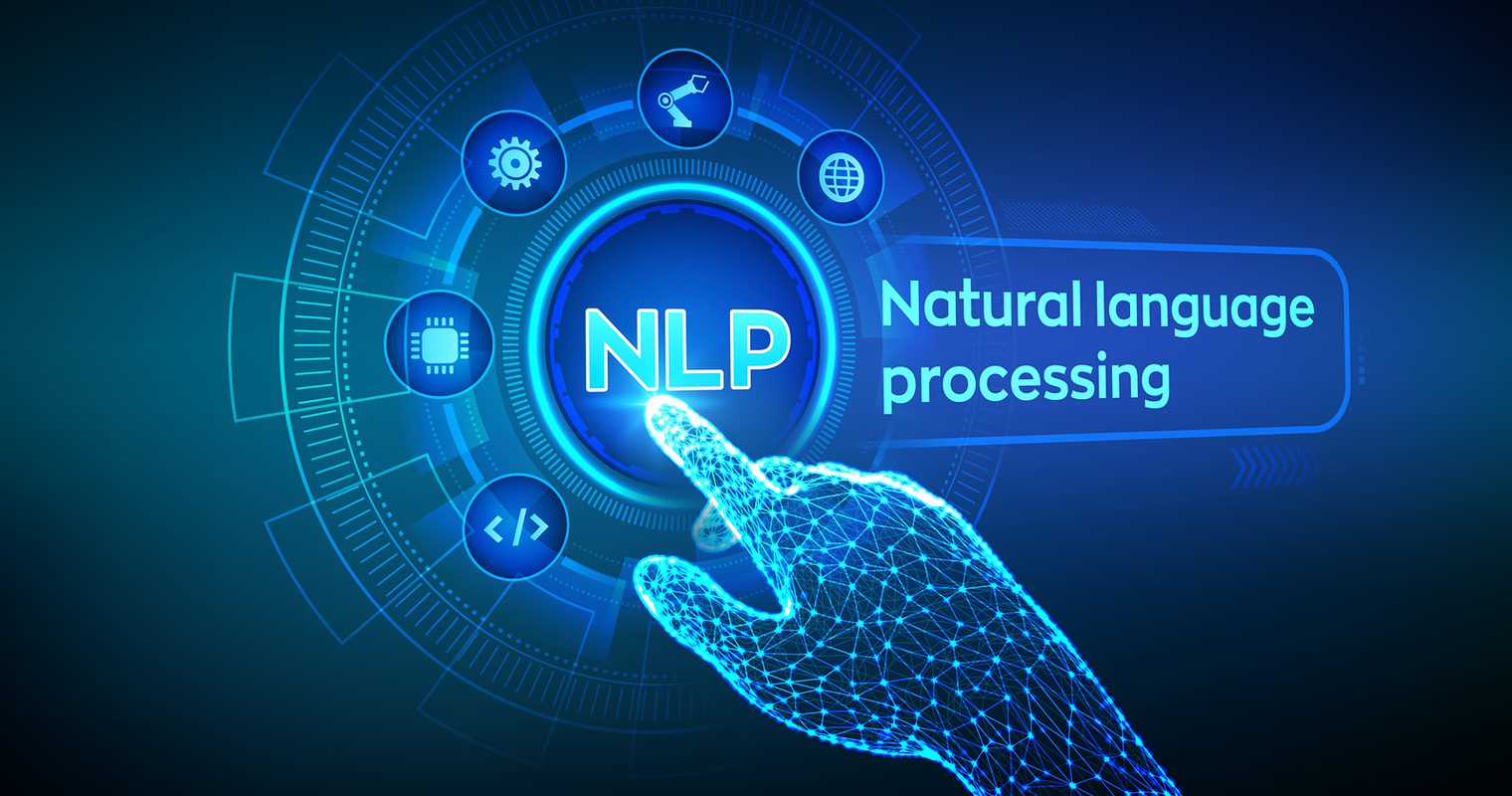Unveiling the Magic of Natural Language Processing
In an increasingly interconnected world, the ability to understand and interact with human language has become a pinnacle of technological advancement. Natural Language Processing (NLP), a subfield of Artificial Intelligence, brings this vision to life by empowering computers to comprehend, interpret, and generate human language. This blog takes you on a captivating journey through the world of NLP, exploring its core concepts, applications, and the profound impact it's having on communication and beyond.
Introduction: Decoding the Language of Machines
Natural Language Processing, often referred to as NLP, is the bridge between human language and machines. It equips computers with the ability to understand, interpret, and respond to human language in ways that were once the exclusive domain of humans. NLP is revolutionizing how we interact with technology, from virtual assistants and chatbots to sentiment analysis and language translation.
The Fundamentals of NLP: From Words to Meaning
At the core of NLP lies the challenge of converting human language, a complex and nuanced form of communication, into a format that computers can process. This involves breaking down sentences into words, analyzing grammatical structures, and deciphering the underlying meaning through techniques such as syntactic and semantic analysis.
Applications that Transform Interaction
NLP's impact is felt across various domains. Virtual assistants like Siri, Alexa, and Google Assistant are powered by NLP algorithms that understand spoken language and provide relevant responses. Sentiment analysis tools gauge public opinion on social media, helping businesses tailor their strategies. Language translation services have been elevated to new heights, facilitating global communication.
Text Generation and Understanding: Beyond the Basics
NLP's capabilities extend beyond recognizing words. Text generation models, like GPT-3, can produce coherent and contextually relevant paragraphs of text, sparking discussions about the boundaries between human and machine-generated content. NLP-driven chatbots engage users in human-like conversations, enhancing customer service and user experiences.
Challenges on the Linguistic Horizon: Ambiguity and Context
While NLP has made remarkable strides, it grapples with linguistic challenges. Ambiguity, inherent in human language, poses difficulties in accurately interpreting context. Words can have different meanings based on the surrounding text, making accurate comprehension a formidable task for machines.
Ethics and Bias in NLP: The Role of Responsibility
As NLP becomes more integral to our lives, ethical considerations come to the forefront. Bias within NLP models can mirror societal prejudices present in training data. Addressing these biases and ensuring fairness in language processing algorithms is crucial to prevent reinforcing discriminatory patterns.
Beyond Words: Multimodal NLP and the Future
The future of NLP is marked by its integration with other sensory modalities. Multimodal NLP aims to comprehend and generate language in conjunction with other forms of data, such as images and videos. This convergence opens doors to innovative applications in fields like autonomous vehicles, healthcare diagnostics, and augmented reality.
Closing Thoughts: A Linguistic Odyssey
Natural Language Processing has transcended the boundaries of human communication, creating a profound impact on how we interact with technology and with each other. The ability of machines to understand and respond to our language brings us closer to a world where communication is seamless, irrespective of the medium.
In conclusion, Natural Language Processing is not just about programming machines; it's about teaching them the intricate dance of human expression. As we continue to refine NLP algorithms and address its challenges, we embark on a journey where the lines between human language and machine understanding blur, paving the way for a more interconnected and expressive future.
















